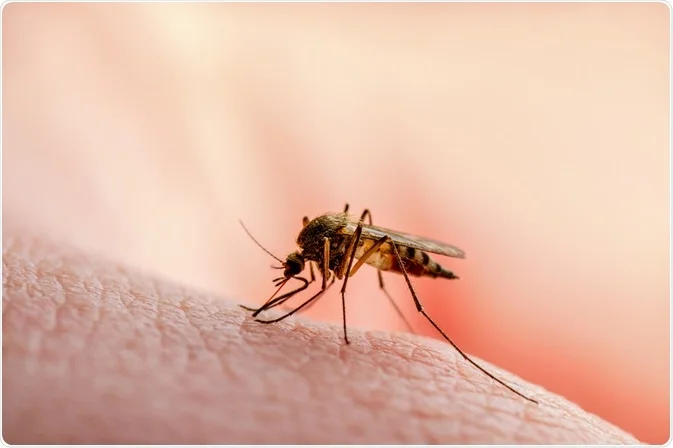
Malaria is a serious and potentially fatal disease caused by parasites of the Plasmodium genus. It’s majorly transmitted through the bites of infected female Anopheles mosquitoes. These mosquitoes pick up the parasites by feeding on the blood of infected humans.
Once inside a human host, the parasites multiply within the liver and then work on infecting and destroying red blood cells. This results in the typical symptoms of malaria like fever, chills, sweating, headache, nausea, and body aches. In severe cases, it can even cause organ failure, coma, and death.
The transmission cycle of malaria starts when an infected mosquito feeds on a person. During this feeding, the mosquito injects saliva containing the malaria parasites into the bloodstream. The parasites then travel to the liver, where they undergo multiplication and maturation. After some time of development, the parasites are released back into the bloodstream, where they infect red blood cells, leading to the typical symptoms of malaria.
In case another mosquito bites the infected person during this stage, it can ingest the parasites along with the person’s blood. Inside the mosquito, the parasites undergo further development before migrating to the mosquito’s salivary glands. When the mosquito bites another person, it injects these parasites along with its saliva, carrying on the cycle of transmission.
Malaria can also be transmitted through blood transfusions, organ transplants, or the sharing of needles contaminated with infected blood. Furthermore, pregnant women can pass the infection to their babies before or during childbirth. This condition is known as congenital malaria.
A lot of factors influence the transmission of malaria, including environmental conditions like temperature, humidity, and rainfall, which affect the breeding and survival of mosquitoes. Socioeconomic factors like poverty, poor housing, and inadequate access to healthcare also play a significant role, as they can increase exposure to mosquitoes and limit access to preventive measures and treatment.
Preventive measures against malaria include taking steps like the use of insecticide-treated bed nets, indoor residual spraying with insecticides, and chemoprophylaxis for travellers to endemic areas. Emphasis must be laid on immediate diagnosis and treatment of malaria cases for preventing severe illness and death.
Treatment for malaria generally involves antimalarial medications that target the parasites at various stages of their life cycle. However, the emergence of drug-resistant strains of the malaria parasite poses a significant challenge to the efforts directed at combating malaria.
Efforts to control malaria globally involve a comprehensive strategy including vector control, case management, surveillance, and research into new tools and interventions. The World Health Organization (WHO) coordinates these efforts through its Global Malaria Programme, working with governments, non-governmental organisations, researchers, and other stakeholders to reduce the havoc of malaria and finally eliminate the disease.
The author is the senior consultant, Internal Medicine at Artemis Hospital Gurugram















